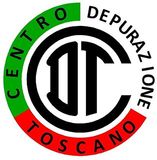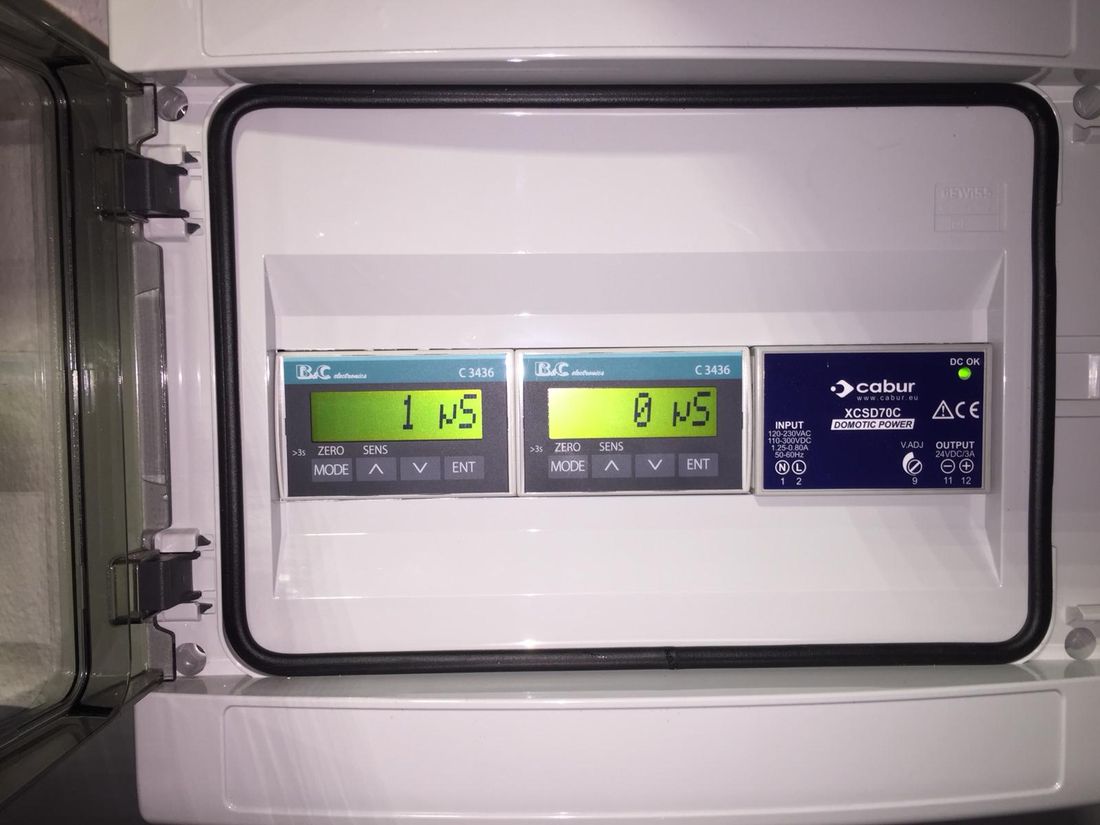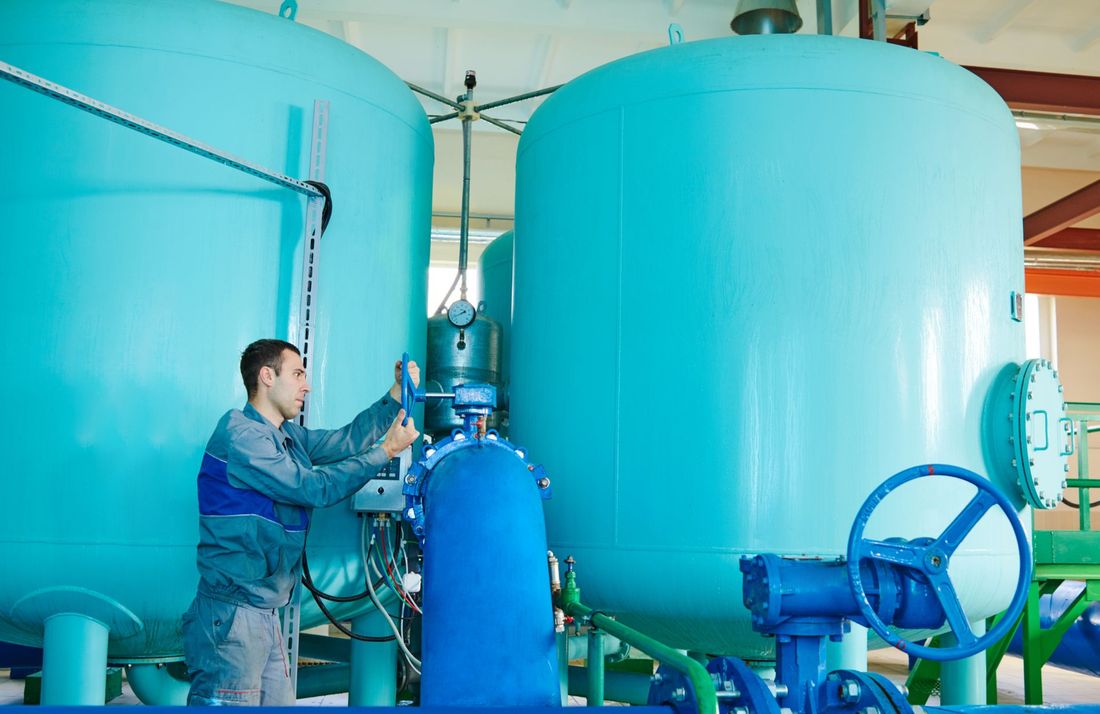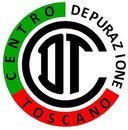Systems for sludge disposal and reuse in Pontassieve
Liquid treatment phases
Sludge and liquid treatment occurs via a series of basic operations:
Find out more
- thickening to increase the dry matter and reduce the volumes requiring treatment
- biological stabilization to mineralize part of the organic substances subject to decomposition, thereby eliminating pathogenic bacteria and parasites
- conditioning to weaken the bonds between water and solid particles, thereby facilitating their release
- dehydration and drying to eliminate most of the water present in the stabilized sludge
- incineration or compaction for the final disposal of the sludge
Types of industrial sludge
Various types of sludge are generated by traditional sewage treatment plants:
- primary sludge: deriving from the primary sedimentation process, this consists of fresh organic substances that separate from the raw slurry without any treatment. This type of sludge degrades more rapidly and anaerobically than other types of sludge and produces more biogas.
- secondary, biological or active sludges deriving from biological oxidation processes (trickling filters or excess sludge from activated sludge plants). The resulting flocs have a lower percentage of solids than primary sludges but are richer in nitrogen and phosphorus.
- chemical sludge deriving from clariflocculation processes
Industrial water-purification systems
The liquid- and sludge-treatment systems we produce at CDT Centro Depurazione Toscano are designed to guarantee the best results for all types of sludge (primary, secondary and chemical) and any combination thereof. With special liquid filters, environmental damage is minimized and disposal costs are reduced.
Request info
Our attention to constant technological innovation and careful selection of the best materials are defining characteristics of our company and products. To learn more or request a quote, do not hesitate to contact us. A specialized technician will answer all your questions and explain the characteristics of each system.






